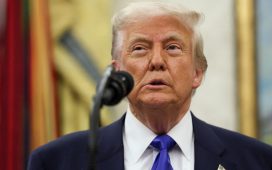“The world can trade two ways – in one currency and the second option is to trade in other currencies. The second one is obviously less risky,” said a central bank executive on the sidelines of the G20 meeting of finance ministers and central bankers.
The Reserve Bank of India (RBI) last July introduced Rupee payments for global trade, especially with Russia that was forced out of the global payments network following its invasion of Ukraine. It permitted the opening of vostro accounts by Indian banks to facilitate settlement of transactions in Rupee.
The move has made a circumspect start, but many banks have opened such accounts, prompting enquiries from other countries looking for an alternative to reduce risks. India’s regulator backed National Payments Corp., which has evolved a strong payments railroad, is widening its presence and the government plans to exploit the advantage.
India and Singapore launched the cross-border linkage that used respective payment systems – Unified Payments Interface (UPI) and PayNow – for transaction settlement.
“The linkage of Unified Payments Interface (UPI) and PayNow is a new milestone in India-Singapore relations and its launch is a gift to the citizens of the two countries,” Prime Minister Narendra Modi said at the launch earlier this week.
India is also pushing a central bank-backed digital currency.”Our focus is to ensure that transactions are flawless,” said the executive.










